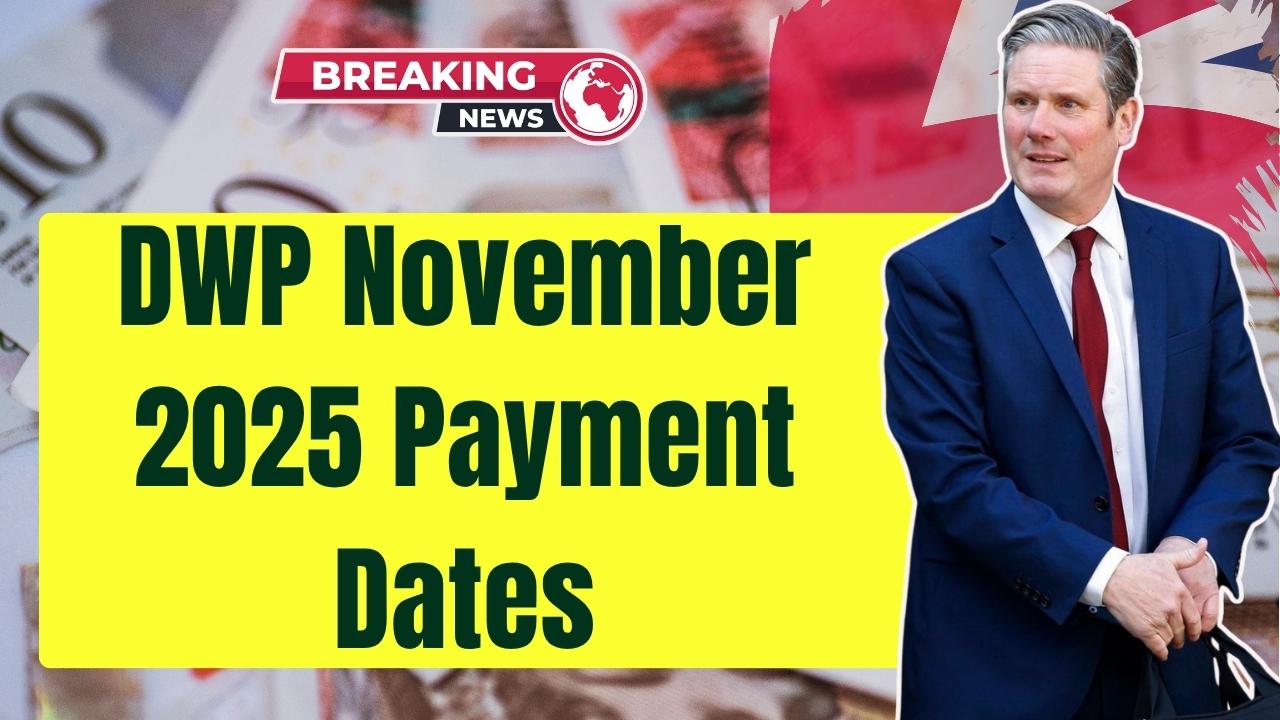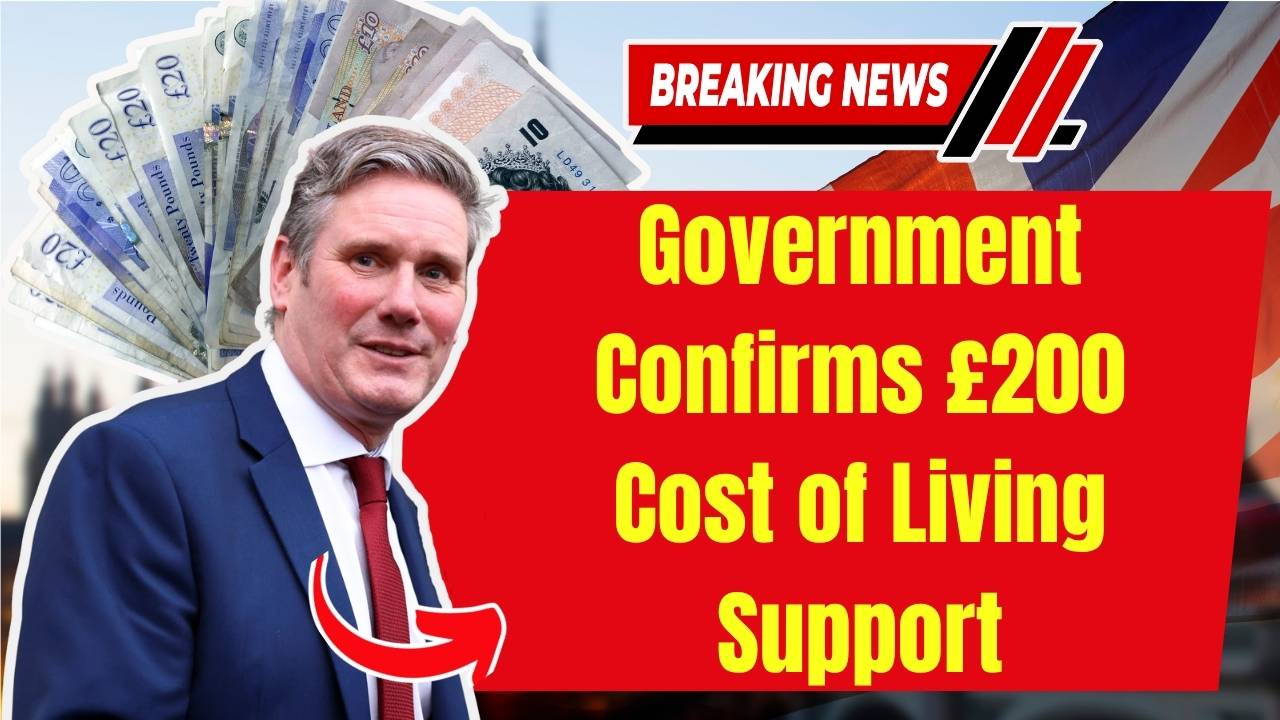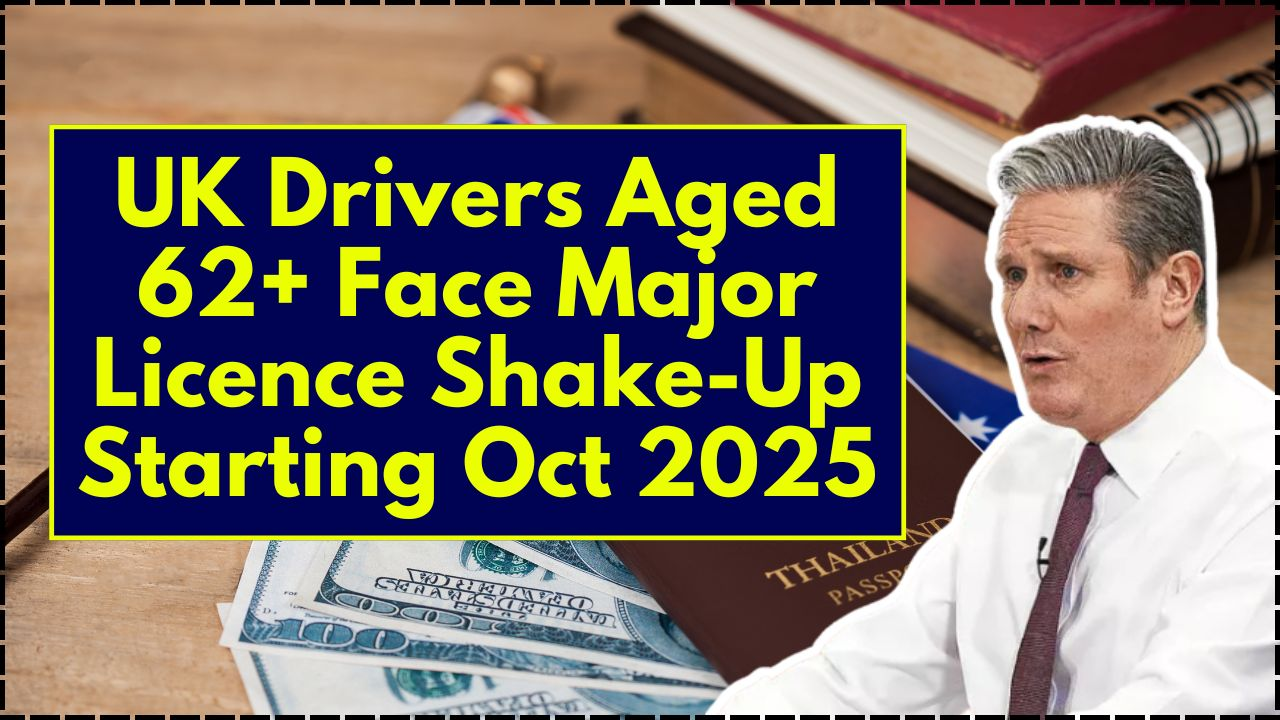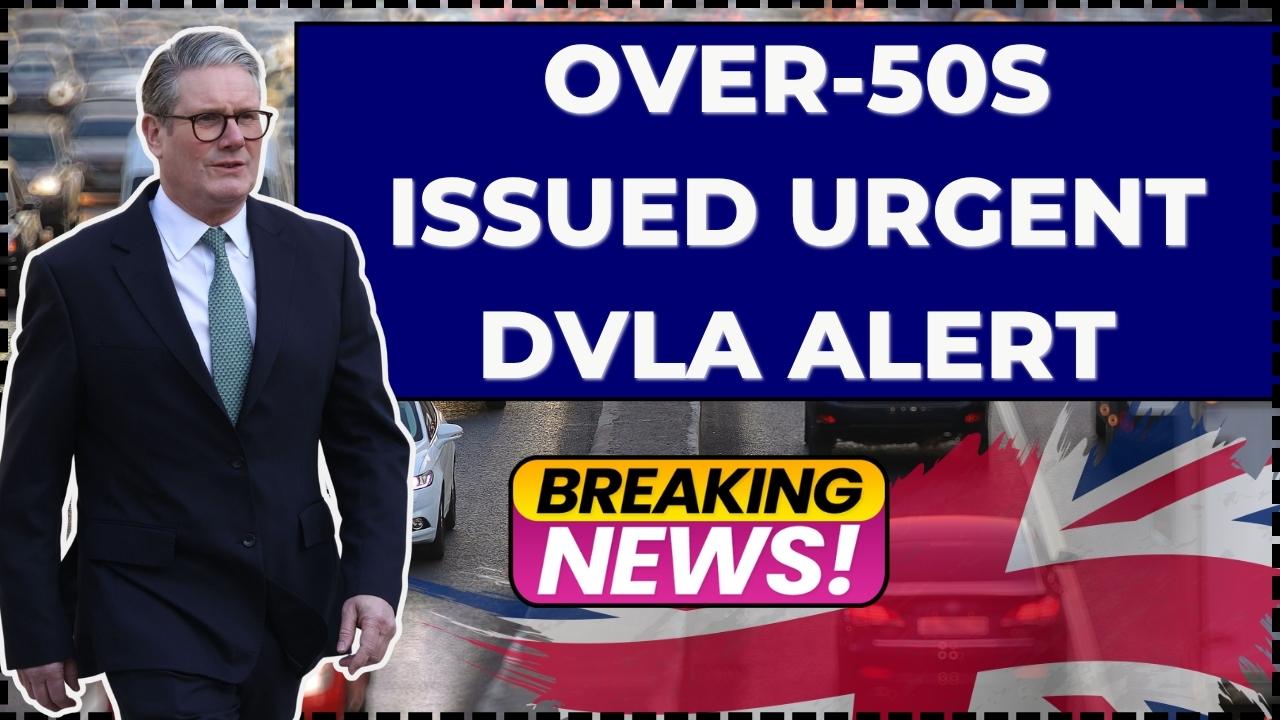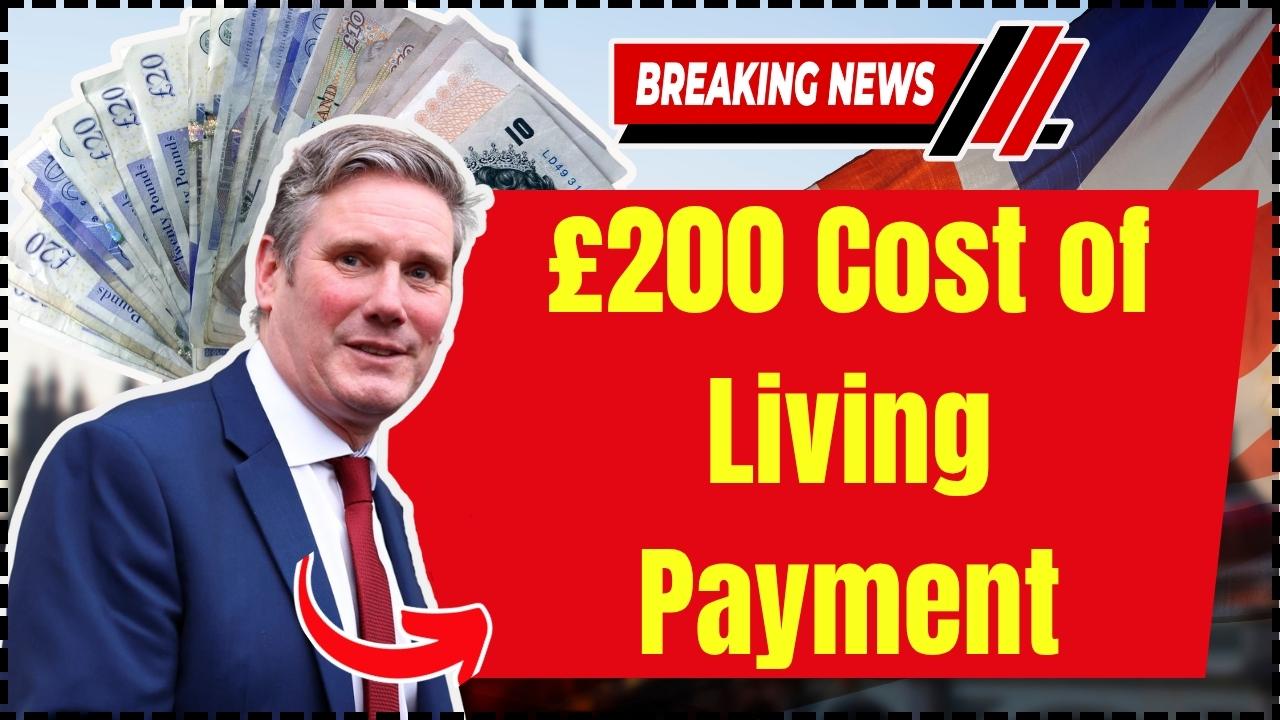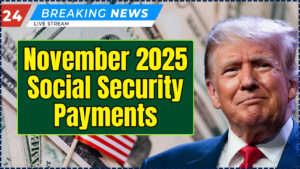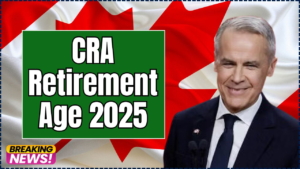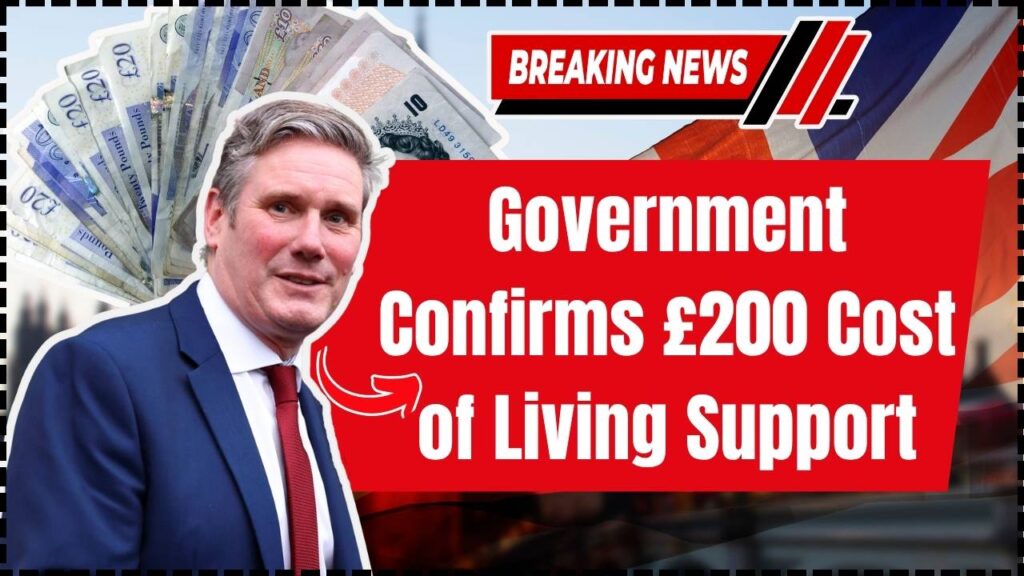
Government Confirms £200 Cost of Living Support: sounds like good news, right? But as with most headlines that go viral, the truth is a bit more layered. Let’s cut through the noise and explain exactly what this means, who qualifies, and what kind of real help is coming your way.
If you’ve seen posts on Facebook or TikTok claiming everyone’s getting a £200 cost-of-living payment in October 2025, take a breath before planning your shopping list. The truth is: there’s no new national “Cost of Living Payment” this year. What is real is the Winter Fuel Payment, which provides between £100 and £300 to eligible pensioners across the UK. In this guide, we’ll cover everything — from eligibility and payment dates to the broader context of how this fits into the UK’s cost-of-living policies. By the end, you’ll know exactly what to expect, how to check if you qualify, and what other help is out there.
Table of Contents
Government Confirms £200 Cost of Living Support
The talk of a “£200 Cost of Living Payment in October 2025” is largely a misunderstanding. The real support is the Winter Fuel Payment, offering £100 to £300 to pensioner households. Payments will arrive automatically from November 2025, with letters going out in October. For anyone under pension age, help is still available through Warm Home Discounts, Cold Weather Payments, and local council hardship grants. In times when prices stay high and budgets tight, understanding what’s real support versus internet chatter is key. With the right knowledge, you can plan, prepare, and make sure you’re not left out in the cold — literally.
| Topic | What’s Confirmed | Why It Matters | Reliable Source |
|---|---|---|---|
| £200 Cost of Living Payment (2025) | No new national cost-of-living scheme. | Prevents confusion and scams. | gov.uk/cost-of-living |
| Winter Fuel Payment 2025–26 | Eligible pensioners can receive £100–£300, paid automatically. | Real government support for winter bills. | |
| Income Threshold | Payments may be reclaimed if taxable income exceeds £35,000. | Ensures fairness and cost control. | |
| Number of People Affected | Around 9 million pensioners in England and Wales will benefit. | Widespread impact on older households. | gov.uk news release |
| Local Support | Councils may offer £200 hardship or household support grants. | Local safety net for non-pensioners. |
Why the Confusion About £200 Cost of Living Support?
The UK government has spent the last three years juggling inflation, energy prices, and public spending. From 2022 through early 2024, households received multiple Cost of Living Payments — direct cash sent to people receiving benefits such as Universal Credit or Pension Credit.
Those payments ended in spring 2024. In 2025, the government shifted focus toward more targeted, means-tested programs, especially for older citizens and low-income families. However, when news broke that some pensioners would receive £200 or more this autumn through the Winter Fuel Payment, some outlets mistakenly reported it as a new “Cost of Living Support” initiative.
In reality, the Winter Fuel Payment has existed since 1997, but it’s now being restructured to better align with inflation and income fairness.
The Policy Backdrop: Energy Prices and Inflation
To understand why this £200 figure matters, it’s worth remembering the bigger picture. According to the Office for National Statistics (ONS), average UK household energy bills in 2025 remain nearly 65% higher than in 2019. Gas prices surged after the Ukraine conflict, and while wholesale prices have eased, most families still pay around £1,600–£1,700 per year for combined gas and electricity.
Food prices have also increased about 25% since 2021, according to ONS inflation trackers. For retirees on fixed pensions, these increases are significant. The government’s goal is to keep older people from having to choose between heating and eating — a scenario Age UK has repeatedly warned against.
The Winter Fuel Payment, now rebranded and means-tested, aims to fill that gap without reopening the broader Cost of Living scheme that cost billions between 2022 and 2024.
Step-by-Step Guide: How the Winter Fuel Payment Works
1. Eligibility
You’ll qualify if:
- You were born on or before 22 September 1959.
- You lived in the UK during the qualifying week (15–21 September 2025).
- You aren’t disqualified by being in a long-term care home for the full period and receiving certain income-related benefits.
If you live in Scotland, you’ll instead receive the Pension Age Winter Heating Payment, which is similar but run by the Scottish Government.
2. How Much You’ll Get
- £200 — Households where the eligible person is under 80.
- £300 — Households with someone aged 80 or older.
If two eligible pensioners live together, the payment may be split, but each person’s share counts separately for tax purposes.
3. Income Threshold and Tax Rules
The government introduced a £35,000 taxable income limit. If your income exceeds that, HMRC will recover your payment automatically via your tax code or self-assessment.
This system was designed to make sure help goes to those who truly need it, while keeping the Treasury’s costs under control.
4. Payment Date
Payments are expected in November or December 2025. You’ll receive a letter around October 2025 confirming your amount and payment date. The money is usually sent to the same bank account where your State Pension or benefits are paid.
5. How to Claim
Most people don’t need to apply — payments are automatic. But if you’ve never received one before or live abroad, you’ll need to fill out the WFP1 form, available on gov.uk. The deadline to apply is 31 March 2026.
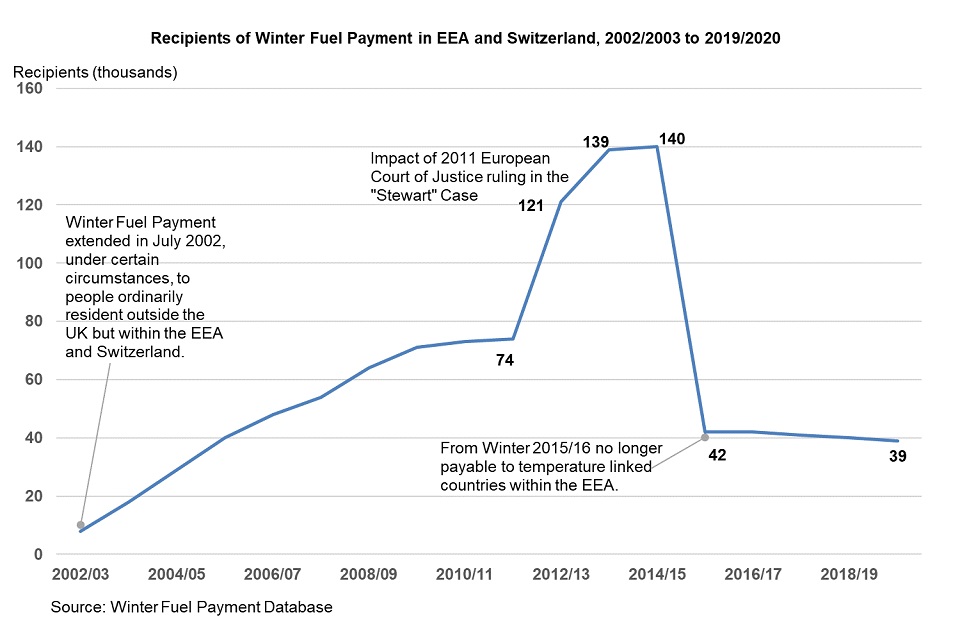
What About Non-Pensioners?
If you’re under 65, you won’t qualify for the Winter Fuel Payment — but you may still be eligible for other types of help.
- Warm Home Discount: A one-off £150 credit on your electricity bill if you get certain benefits or have a low income.
- Cold Weather Payment: £25 for each seven-day period of very cold weather (0°C or below).
- Household Support Fund: Administered by local councils; offers up to £200 for food, energy bills, or essentials. Each council decides who qualifies.
- Energy Company Hardship Schemes: Many major suppliers (e.g., British Gas, EDF, E.ON Next, Octopus) offer one-time grants for customers in debt or crisis.
These can often be combined with other benefits. For example, a low-income family could receive the Warm Home Discount plus a local council hardship grant.
Historical Comparison
Back in 2022 and 2023, millions received multiple cost-of-living payments totaling £1,200 or more. The last of those came in February 2024, aimed at people on means-tested benefits.
The Winter Fuel Payment is now the main surviving national support for individuals — but it’s much smaller in scope. Critics argue that ending the broader CoLPs leaves younger and working-class families exposed to rising prices. However, supporters say targeting pensioners makes sense since they face fixed incomes and higher heating needs.
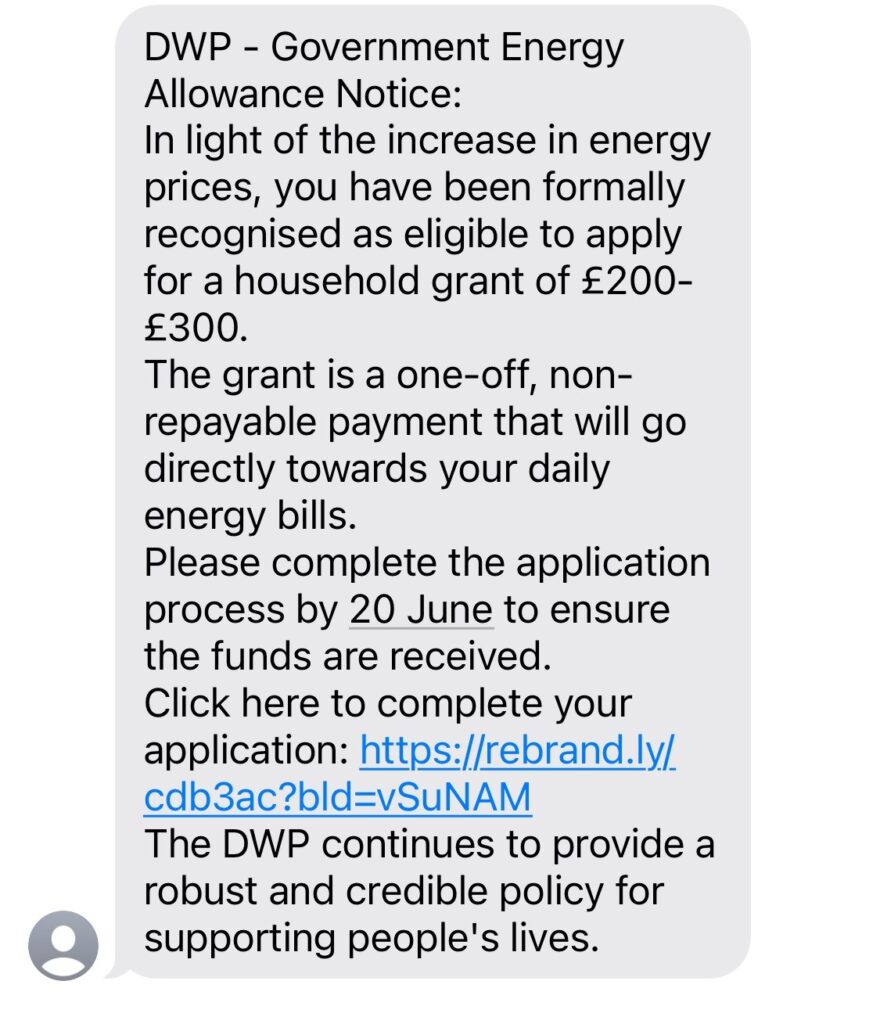
Political Context and Public Reaction
The 2025 policy announcement followed months of debate. In June 2025, the government briefly proposed limiting the payment to people on Pension Credit only — excluding millions. Following backlash, ministers reversed course and restored eligibility to all pensioners, subject to income rules.
Public pressure was enormous. Advocacy groups like Age UK and Citizens Advice argued that cutting older people off during an energy crisis was “tone-deaf.” Within a week, the Department for Work and Pensions (DWP) backtracked, reinstating the broader scheme.
This U-turn reflects both economic strain and political reality: cost-of-living issues remain one of the most sensitive topics in British politics.
Real-World Examples
- Mary, 85, London: Born before 1959, lives alone, annual income £22,000. She’ll receive £300 automatically this winter.
- John & Susan, 78 & 81, Birmingham: Combined income £65,000. Eligible for £300, but HMRC will reclaim about half through tax.
- David, 69, Manchester: Not eligible for WFP. Applies for a £200 local hardship grant from his city council instead.
- Evelyn, 83, lives abroad in Spain: Needs to submit WFP1 form by March 2026 to receive the payment.
These examples show that while the program is widespread, it’s not one-size-fits-all — your circumstances matter.
Avoiding Scams
Unfortunately, scammers thrive on confusion. The DWP has issued warnings about fake texts and emails claiming to offer “£200 cost-of-living payments” and asking for bank details. The government will never contact you by email, text, or phone to request personal or financial information for this payment.
If you receive a suspicious message:
- Do not click links or share details.
- Report it to Action Fraud (0300 123 2040).
- Delete the message after reporting.
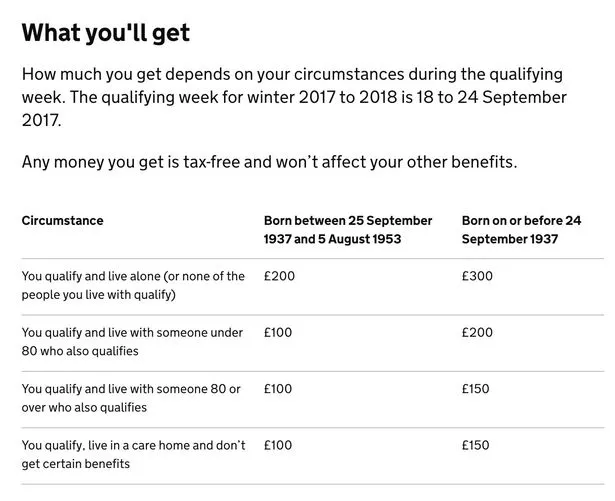
Practical Tips to Maximize Support
- Check eligibility early: Make sure your National Insurance and pension details are correct with DWP.
- Keep all letters: Payment confirmation letters act as proof if something goes wrong.
- Bundle benefits: Apply for the Warm Home Discount and check your local council’s household support fund.
- Audit your bills: Use smart meters and comparison tools (like MoneySavingExpert or Ofgem’s price cap tracker) to stay informed.
- Energy efficiency: Improving insulation and heating controls can save £200-£300 a year — almost the same as your Winter Fuel Payment.
- Tax planning: If you’re close to the £35,000 income line, seek advice from an accountant before HMRC clawback adjustments hit.
The Bigger Picture: What £200 Cost of Living Support Means for 2026 and Beyond
Experts predict that while inflation has cooled, living costs will remain high well into 2026. The Bank of England forecasts inflation hovering around 2.8% by mid-2026, but energy prices and food costs are still volatile.
The government has hinted that the Winter Fuel Payment could eventually merge with a broader Energy Support Credit program, but that’s still under discussion. Analysts at the Resolution Foundation estimate such a reform could cost £1.5 billion annually, about half the cost of earlier cost-of-living schemes.
So, for now, the £200 (or £300) payment remains the main official relief for pensioners this winter. Everyone else will need to rely on local and targeted schemes — making awareness more important than ever.
UK £200 Cost of Living Payment in 2025 – Check Payment Date, Eligibility, and Status Here
DWP Confirms State Pension Changes in 2026 – 5 Crucial Rule Changes Every UK Retiree Must Check
Born After This Date? You Could Lose £13,000 in 2026; Experts Warn of ‘Pensions Steal’

